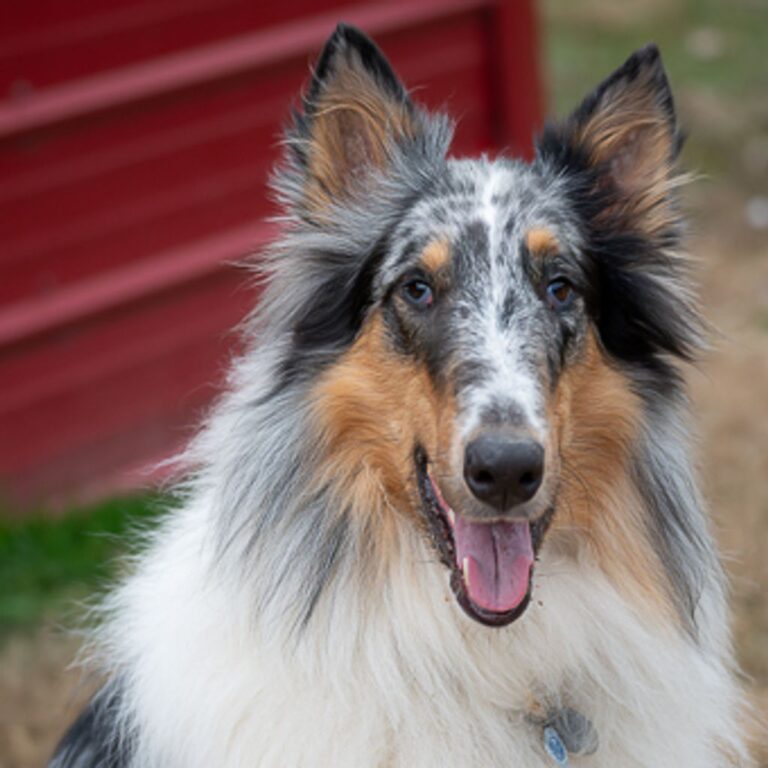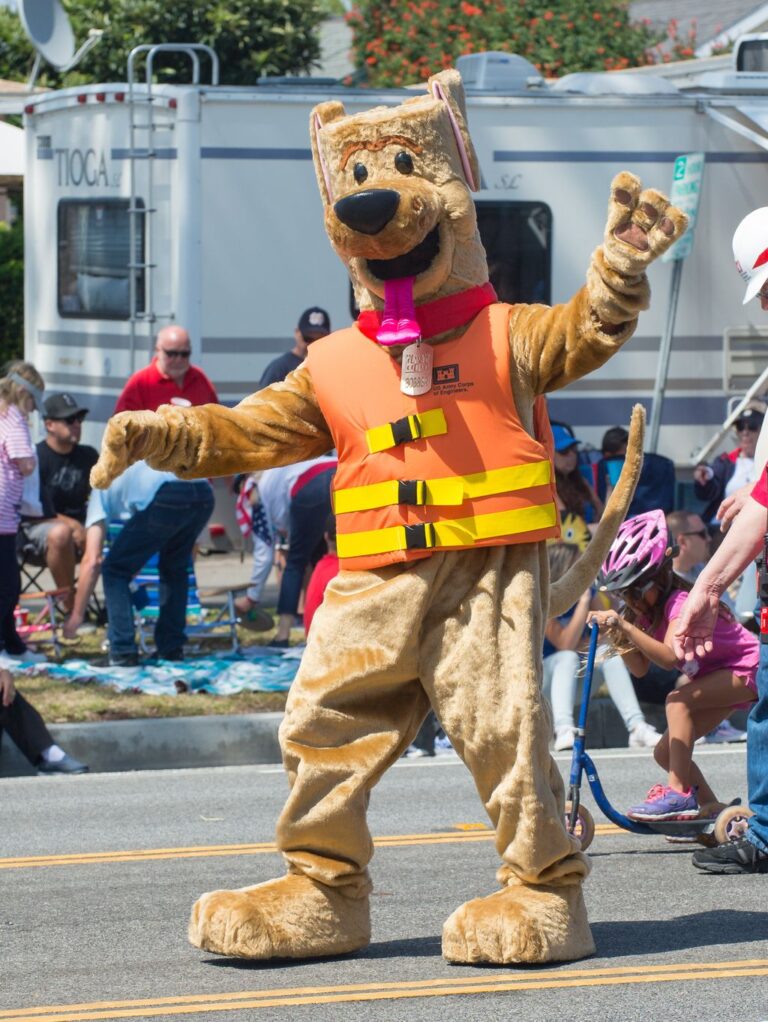Teaching Your Dog to Heel: Tips and Techniques
Teaching your dog to heel is an essential skill that can benefit both you and your furry friend. Not only does it help build a strong bond between you and your dog, but it also improves their focus and attention. In this article, we will explore the benefits of teaching your dog to heel, provide tips and techniques for getting started with heel training, explain how to teach the heel command, discuss advanced heel training techniques, and troubleshoot common heel training issues. By the end of this article, you’ll have the knowledge and tools to successfully teach your dog to heel.
Key Takeaways
- Teaching your dog to heel can strengthen the bond between you and your furry friend.
- Heel training improves your dog’s focus and attention.
- Choose the right equipment for heel training, such as a comfortable leash and collar.
- Set realistic goals and establish a consistent training routine.
- Use positive reinforcement techniques, such as treats and praise, to teach the heel command.
Why Teach Your Dog to Heel

Benefits of Teaching Your Dog to Heel
Teaching your dog to heel has numerous benefits for both you and your furry friend. It not only helps in building a strong bond with your dog but also improves their focus and attention. By teaching your dog to walk by your side in a controlled manner, you can ensure their safety and prevent any unwanted behavior. Additionally, heel training allows you to navigate through crowded areas or busy streets with ease. It’s a skill that every dog owner should prioritize.
Building a Strong Bond with Your Dog
Building a strong bond with your dog is crucial in creating a successful partnership. It’s not just about teaching them commands and tricks, but also about developing a deep connection and understanding. This bond is built through spending quality time together, engaging in activities that both of you enjoy, and showing them love and affection. It’s about being there for each other, through the good times and the challenging ones. By investing time and effort into building this bond, you’ll create a loyal and trusting relationship that will last a lifetime.
Improving Your Dog’s Focus and Attention
When it comes to improving your dog’s focus and attention, there are a few key factors to consider. Distractions, duration, and diversity all play a role in training your dog to stay focused.
Distractions can be a major challenge during training sessions. They can pull your dog’s focus away from you and make it difficult for them to concentrate. To distraction-proof your training, it’s important to gradually introduce distractions and build up your dog’s ability to stay focused. Start with low-level distractions and gradually increase the difficulty as your dog becomes more skilled.
Duration is another important aspect of focus and attention. It refers to how long or how fast your dog can perform a command. A well-trained dog should be able to respond quickly and maintain attention for longer periods of time. To improve duration, practice commands for longer durations and gradually increase the time.
Diversity is also key in improving focus and attention. By introducing different training environments and adding commands within commands, you can challenge your dog and keep their focus sharp. Changing up the training routine and adding variety will prevent your dog from getting bored and help them stay engaged.
Remember, improving your dog’s focus and attention takes time and patience. Be consistent in your training and use positive reinforcement methods to encourage good behavior. With dedication and the right approach, you can help your dog become a well-trained and focused companion.
Getting Started with Heel Training

Choosing the Right Equipment
While dog training can be done without any equipment, using tools can make the process more efficient and effective. Here are some of the most useful training tools and equipment:
- Training collar: Opt for a slip or martingale collar for gentle correction.
- Leashes and long lines: Provide control during sessions and facilitate a smooth transition to off-leash training.
- Training dummies: Hone your dog’s fetching skills and prepare them for the diverse challenges of training.
Remember, it’s important to use these tools correctly and safely. If you have any questions, consult a professional trainer for guidance. Training tools and equipment are helpful, but they should be used in conjunction with consistency, patience, and positive reinforcement.
Setting Realistic Goals
When it comes to training your furry friend, it is essential to set realistic goals based on your dog’s breed, age, and temperament. Keep in mind that every dog is unique and can learn at their own pace, so it is vital to be patient throughout the training process. Breaking down training goals into smaller tasks can help with better progress and make training sessions less overwhelming. For instance, if you want to train your dog to come when called, start by practicing in quieter environments. It’s crucial to take into account your own lifestyle and schedule when setting training goals. Be realistic and don’t push yourself or your dog too hard. By setting attainable goals and having patience throughout the process, you can have a well-trained and obedient companion in no time.
Establishing a Training Routine
Creating a consistent training schedule is key to reinforcing learned behaviors. It involves creating a structured yet flexible plan that aligns with both our and our dog’s needs. We believe in gradual progression, building on established foundations to prevent overwhelm and ensure a positive and successful training journey. Seeking professional guidance, such as gun dog training classes or expert consultations, can accelerate our dog’s development and strengthen the partnership we have forged through dedication and expert guidance.
Teaching the Heel Command
Teaching Your Dog to Walk on a Loose Leash
Teach your dog to stay close and pay attention to you at all times. A good service dog is attentive to the person it’s assisting, which means it has to remain close to you and can’t be easily distracted by movement, smells, or sounds. Every time you take your dog for a walk, expect this behavior and offer rewards when your dog meets your expectations. For example, your dog should stay close by you when you’re walking. If you stop, your dog should also stop, then sit and wait until you start moving again. Dogs that get nervous or excitable around other animals or people should be gradually exposed to these distractions in a controlled manner, using positive reinforcement to reward calm behavior. Remember, consistency is key in teaching your dog to walk on a loose leash. Practice regularly and be patient with your furry friend as they learn this important skill.
Using Positive Reinforcement
Positive reinforcement is a key aspect of dog training. It involves rewarding your dog for good behavior, which strengthens the connection between the action and the reward. One popular reward-based training method is clicker training, which involves using a clicker to mark the desired behavior and following it with a treat or other reward. Other rewards, such as verbal praise, playtime, or toys, can also be effective. It’s important to note that positive reinforcement should not involve punishment or negative feedback, as this can confuse and stress the dog, resulting in slower learning and a negative association with training. The timeline for positive reinforcement training can vary depending on the individual dog.
Correcting Common Mistakes
When it comes to teaching your dog to heel, it’s important to address any common mistakes that may arise. One common mistake is allowing your dog to pull on the leash. This can be corrected by using positive reinforcement techniques and rewarding your dog for walking on a loose leash. Another mistake to watch out for is not using consistent and clear commands. Make sure to use the same command every time you want your dog to heel, such as ‘heel’ or ‘let’s go.’ Additionally, it’s important to be patient and consistent with your training. Rome wasn’t built in a day, and neither is a well-trained dog. Take the time to practice regularly and reinforce the desired behavior. Remember, training your dog to heel is a journey, and it’s important to enjoy the process as you and your furry friend navigate the training course together.
Advanced Heel Training Techniques

Adding Distractions to the Training
Distractions during training sessions build your dog’s focus for real hunting scenarios. Adapt your training techniques for stubborn moments, incorporating higher-value rewards and maintaining unwavering consistency. Strategies for introducing distractions during training to enhance focus in the field are about creating a controlled yet dynamic environment that mimics the unpredictability of the hunt. Overcoming stubborn behavior involves understanding the root cause of the behavior and addressing it with strategic adjustments. Tailoring your approach to breed-specific challenges ensures that your training is effective for your gun dog breed.
Working on Off-Leash Heeling
When it comes to off-leash heeling, we’ve reached the next level of control and freedom with our dogs. It’s an exciting milestone that allows us to navigate challenging terrains and stay in sync with our movements. Mastering off-leash control is crucial for a successful off-leash experience. Here are a few tips to help you on your journey:
- Start in a safe and enclosed area: Begin practicing off-leash heeling in a secure environment, such as a fenced yard or a quiet park.
- Gradually increase distractions: Once your dog is comfortable walking off-leash in a controlled environment, start introducing distractions gradually. This could include other dogs, people, or even tempting smells.
- Use positive reinforcement: Reward your dog with treats, praise, and play whenever they maintain a close heel position. This will reinforce the behavior and make off-leash heeling more enjoyable for both of you.
Remember, off-leash heeling requires trust, consistency, and patience. With practice and dedication, you and your dog can enjoy the freedom and joy of walking together without a leash.
Mastering Turns and Direction Changes
When it comes to mastering turns and direction changes, it’s all about staying in sync with your dog’s movements. We like to think of it as waltzing with a dance partner. Just like in a dance, when you want your dog to go back, you step in, as you would step your partner back. The same applies to teaching left and right turns. It’s about clear communication through verbal or physical cues, rather than just moving the leash. Avoid using stern cues and instead have a conversation with your dog as you navigate the course together. Remember to use an upbeat tone of voice and positive reinforcement when your dog follows your cues. This will make the training experience more enjoyable for both of you.
Troubleshooting Heel Training Issues

Dealing with Pulling and Lunging
When it comes to dealing with pulling and lunging during heel training, it’s important to remember that patience and consistency are key. These behaviors can be frustrating, but with the right approach, you can help your dog overcome them.
One technique to address pulling and lunging is to use positive reinforcement. Reward your dog with treats or praise when they walk calmly by your side without pulling. This will reinforce the desired behavior and encourage them to continue walking nicely.
Another helpful tip is to redirect your dog’s attention. If your dog starts to pull or lunge, quickly change direction or stop and wait for them to calm down before continuing. This will teach them that pulling and lunging won’t get them where they want to go.
Additionally, it’s important to avoid using physical corrections or harsh cues. These methods can cause harm or discomfort to your dog and may create a negative association with heel training. Instead, focus on clear communication and positive reinforcement.
Remember, consistency is key. Practice heel training regularly and be patient with your dog. With time and effort, you can help them overcome pulling and lunging and enjoy a pleasant walking experience together.
Addressing Lack of Focus
When it comes to training your dog to heel, one common challenge you may encounter is a lack of focus. It can be frustrating when your dog gets easily distracted and doesn’t pay attention to your commands. But don’t worry, we’ve got some tips to help you overcome this obstacle and improve your dog’s focus.
First, it’s important to understand that distractions are a normal part of training. Dogs are curious creatures, and it’s natural for them to be interested in their surroundings. Instead of getting frustrated, embrace these distractions as opportunities to strengthen your dog’s focus.
Here are a few strategies you can try:
- Implement structured distractions: Gradually introduce distractions during training sessions to build your dog’s focus for real-life scenarios. Start with mild distractions and gradually increase the level of difficulty.
- Keep training sessions brief: Dogs have short attention spans, so it’s important to keep training sessions short and focused. Aim for 10-15 minutes of intense training rather than long, drawn-out sessions.
- Address fear and anxiety: Fear can hinder your dog’s ability to focus. If your dog displays fearful behavior, take a step back and introduce them to new experiences slowly. Socializing your dog with other dogs and people can help them become more comfortable in different situations.
- Adjust your training approach: If your dog is being stubborn and not responding to your commands, it may be time to change your training approach. Use positive reinforcement methods and find what motivates your dog. Remember, every dog is different, so find what works best for your furry friend.
By implementing these strategies, you can help your dog overcome a lack of focus and become a pro at heeling. Remember to be patient and consistent in your training, and soon enough, you’ll see progress.
Pro Tip: Don’t forget to have fun! Training should be an enjoyable experience for both you and your dog. Incorporate play and rewards to keep your dog engaged and motivated.
We hope these tips help you on your journey to teaching your dog to heel like a pro!
Overcoming Distractions
Even with dedication, dog training can come with its own set of challenges. From distractions to fear, and your dog’s stubbornness, there are a variety of obstacles that can interfere with the training process. However, these challenges can be addressed with the right approach and mindset.
One of the common challenges that dog owners face is distractions during training. If your dog is easily distracted, try moving to a quieter location and gradually increasing the level of distraction. Also, keeping your training sessions brief can help improve focus.
Fear is another obstacle that can slow down the training process. If your dog displays fearful behavior, take a step back and introduce them to new experiences slowly. Socializing your dog with other dogs and people can help them become more comfortable in different situations.
Stubbornness is yet another challenge that can be frustrating during the training process. If your dog refuses to listen, try changing your training approach and using positive reinforcement methods.
Conclusion
Teaching your dog to heel is an essential skill that can enhance your walks and create a stronger bond between you and your furry friend. By using reward-based methods and building your dog’s attention and focus, you can teach them to walk by your side in a controlled and attentive manner. Avoid physical corrections and instead, use positive reinforcement to encourage good behavior. Remember to be patient and consistent in your training, as every dog learns at their own pace. With time and dedication, you can transform your dog into a well-behaved walking companion. Happy heeling!
Frequently Asked Questions
How long does it take to teach a dog to heel?
The time it takes to teach a dog to heel can vary depending on the dog’s breed, age, and previous training experience. It can take anywhere from a few weeks to several months of consistent training to achieve reliable heeling behavior.
Can any dog learn to heel?
Yes, any dog can learn to heel with proper training and consistency. However, some breeds may have a natural inclination for heeling due to their working or herding instincts.
What equipment do I need to teach my dog to heel?
To teach your dog to heel, you will need a well-fitted collar or harness, a sturdy leash, and plenty of tasty treats for rewards. You may also consider using a clicker or verbal marker to mark desired behaviors.
How do I correct my dog if they pull while heeling?
If your dog pulls while heeling, it’s important to avoid using harsh corrections or punishment. Instead, stop walking and wait for your dog to return to your side. Reward them when they are walking calmly by your side and continue walking.
Can I teach my dog to heel off-leash?
Yes, it is possible to teach your dog to heel off-leash, but it requires a high level of training and reliability. It’s important to start with on-leash training and gradually transition to off-leash work in a safe and controlled environment.
What if my dog gets easily distracted while heeling?
If your dog gets easily distracted while heeling, start by practicing in a quiet and low-distraction environment. Gradually increase the level of distractions as your dog becomes more focused and attentive. Use high-value rewards to keep your dog engaged.






